Since childhood, we constantly hear: “You need to eat fish, it contains a lot of phosphorus!” . At the same time, few people think about what other products contain this mineral, and in general, why does the body need phosphorus? Let's look at this important issue.
- 2 The value of phosphorus
- 3 The benefits of phosphorus for men
- 4 Benefits of phosphorus for women
- 5 The danger of phosphorus deficiency
- 6 The danger of excess phosphorus
- 7 How much phosphorus should you consume per day?
- 8 Products containing phosphorus
- 9 Preparations and dietary supplements with phosphorus
Loss of appetite
The cause of sudden loss of appetite may be anemia associated with a lack of phosphoric acid. The absence of a valuable macronutrient impairs the process of hematopoiesis. At the same time, the brain does not receive the necessary impulses and the person simply does not feel hungry. Taste buds stop responding properly, completely blocking interest in food.
You should not self-medicate - forced feeding can lead to nausea and vomiting. Only a doctor can correct the condition, so you should not put off visiting him.
Increased anxiety

One of the main functions of phosphorus is to ensure the synthesis of nerve cells. With a persistent deficiency, neural connections are destroyed, a person begins to experience anxiety, constant anxiety, and in some cases, panic attacks or outbursts of aggression are possible.
Do not rush to swallow sedatives: they help only for a short time, relieving the symptom, but not eliminating the cause. It is recommended to take a blood test and clarify the balance of macroelements.
Drowsiness

Do you sleep a lot, but constantly feel tired and tired? This condition can occur when there is a metabolic disorder: the necessary elements are quickly eliminated from the body and are not absorbed. Persistent phosphorus deficiency causes a sharp decrease in performance, rapid fatigue, and constant sleep problems.
Including phosphorus-rich foods in your diet will help correct your condition:
- fish,
- seafood,
- butter,
- liver,
- dried and fresh fruits.
Products containing phosphorus
Most protein-rich foods are excellent sources of phosphorus. These products include:
- chicken;
- turkey;
- pork;
- seafood;
- seeds;
- low-fat dairy products such as kefir and cottage cheese;
- nuts.
Other foods that are lower in protein may also be sources of phosphorus. These include:
- garlic;
- potato;
- whole grain;
- broccoli;
- dried fruits.
Headache
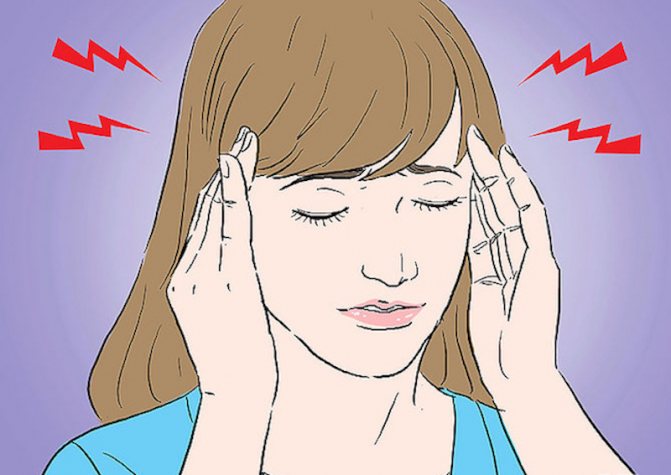
One of the most striking symptoms of phosphorus deficiency is frequent headaches: throbbing, pressing or ringing. They occur at different times of the day and may be accompanied by increased blood pressure, nausea, and vomiting.
They are difficult to relieve with painkillers; pain that appears in the morning can accompany you throughout the day. Discomfort may be associated with insufficient oxygen supply to the brain or a chronic lack of phosphoric acid in nerve cells.
Decreased joint mobility
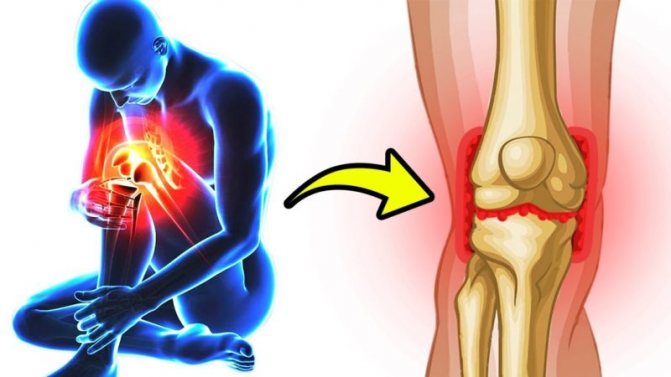
Up to 85% of phosphorus is found in joints, bones and muscles. When there is a shortage of macronutrients, they are the ones who suffer first. The problem is aggravated by a lack of calcium: in its absence, phosphorus from food is less absorbed.
In severe cases, the joints become swollen and the slightest movement causes pain. Accidental dislocations and fractures with long recovery are possible.
This becomes more noticeable with age, but sometimes very young people, including professional athletes, suffer from joint problems.
History - brief information
Phosphorus got its name from two ancient Greek words “φῶς” (light) and “φέρω” (I carry), combining which we get - luminiferous.
The existence of phosphorus was first announced in 1669 by a German alchemist from Hamburg, Hennig Brandt. Brand got it completely by accident - when he tried to extract gold from human urine. Of course, the logic of the people of those times was unique - since urine is golden, it means there may be gold in it. As a result of many days of settling, and after prolonged evaporation of urine, instead of liquid, white wax-like particles of an unknown substance remained in the container, which could burn brightly and flicker in the dark. H. Brand called the newly discovered substance “a miraculous carrier of light” (phosphorus mirabilis).
Further, P was discovered by the German chemist Johannes Kunckel, in 1680 by the Anglo-Irish chemist and physicist Robert Boyle, in 1743 by the German chemist Andreas Marggraf and others.
A. Schrötter managed to obtain red phosphorus in the middle of the 19th century, which happened by heating white phosphorus without contact with oxygen.
Muscle weakness
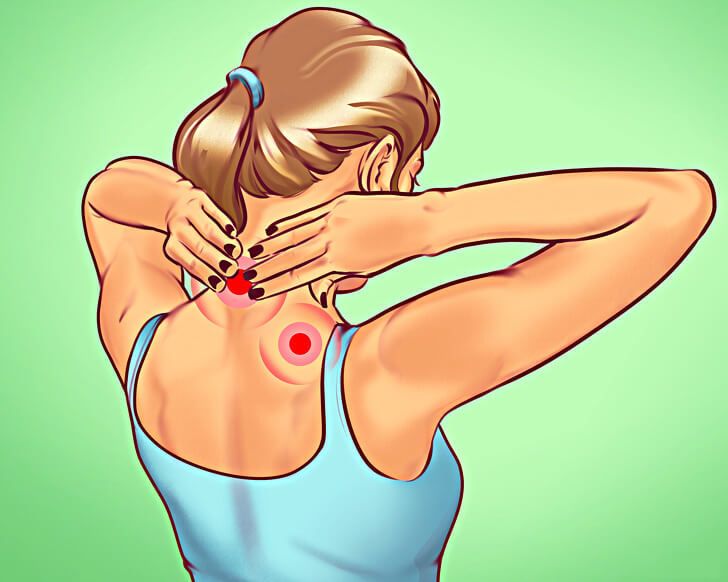
With a lack of phosphorus, the volume of muscle mass decreases, muscles weaken, and involuntary trembling occurs, reminiscent of chills. The slightest muscle tension causes pain, and a person feels exhausted during normal daily activities.
This condition is typical for older people, as well as those who practice protein-free diets. When the amount of protein is limited, phosphorus from food practically ceases to be absorbed.
Interaction of phosphorus with other substances
Excessive amounts of aluminum, calcium, magnesium, iron, estrogens, androgens and thyroxine in the body reduce the absorption of phosphorus, as well as its full activity;
Taking P in combination with calcium (proportion 1.5 P to 1 Ca) complement each other, thereby increasing their activity.
An increased amount of vitamin D contributes to an excess of phosphorus, however, a deficiency of D leads to a deficiency of P.
When exposed to oxygen, P easily oxidizes.
Increased skin sensitivity

A characteristic symptom of phosphorus deficiency is sudden, unexplained skin sensitivity. Even small changes in temperature, friction of woolen clothing, and accidental touches cause discomfort. Allergic manifestations may worsen: rash, redness of the skin, peeling, itching. The problem is more noticeable during extreme temperature changes in summer and winter.
A balanced diet and daily intake of fish oil, a natural and safe source of phosphoric acid, can improve skin condition.
Memory impairment

One of the functions of phosphoric acid is to stimulate brain cells. With increased mental stress, the amount of phosphorus in the body must be increased, as its consumption increases. With a persistent deficiency, minor problems with memory are first noted, but in the long term intellectual abilities are greatly affected.
This situation is typical for schoolchildren and students: during sessions and exams, the diet should include as much fish, seafood, and nuts as possible.
Phosphorus deficiency - risks
Most people get enough phosphorus from their diet, but some people need more phosphorus than others. More phosphorus is needed by people with diabetes who take insulin to regulate blood sugar. Patients with alcohol use disorder will also need to increase their phosphorus intake.
Drugs that can lower phosphorus levels:
- ACE inhibitors;
- some antacids;
- corticosteroids;
- diuretics;
- some anticonvulsants.
Tooth decay
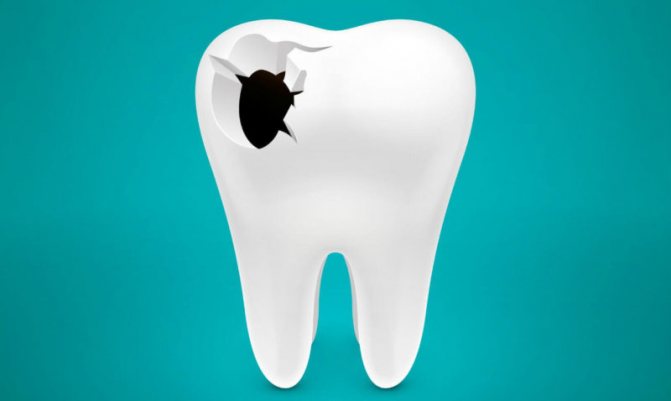
Phosphorus is an important element of bone tissue, including teeth. When interacting with calcium, it forms salts that ensure the strength of the enamel and prevent microdamage leading to caries.
Metabolic disorders, taking medications that interfere with the absorption of phosphorus and calcium, long-term strict diets and some hereditary diseases provoke a deficiency of valuable macroelements, leading to irreversible consequences. For prevention, you can use fluoridated toothpastes, but they do not replace the annual examination by a specialist.
Lack of phosphorus in the human body
Causes of phosphorus deficiency:
- phosphorus metabolism disorders
- unsatisfactory amount of macronutrient intake into the body (low protein intake)
- excessive levels of magnesium, calcium, barium, aluminum compounds in the body
- excessive consumption of synthetic drinks (carbonated drinks, etc.)
- long-term chronic illnesses
- poisoning, drug addiction, alcoholism
- pathologies of the thyroid gland, parathyroid glands
- kidney disease
- feeding an infant with artificial formula
Symptoms of phosphorus deficiency:
- general weakness, loss of appetite, exhaustion
- muscle and bone pain
- Resistance to infections and colds decreases;
- liver protein synthesis decreases
- dystrophic changes in the myocardium, hemorrhagic rashes on the mucous membranes and skin appear
- in some cases – mental disorders
- rickets, periodontal disease
When there is more phosphorus than calcium in the body, the human body will use the calcium that is stored in the bones.
Weight fluctuations

Phosphorus deficiency is provoked by hematological disorders leading to anemia. This condition can cause sudden weight loss, accompanied by loss of appetite and increased muscle weakness. A similar picture is observed with various diseases of the gastrointestinal tract and taking medications containing magnesium or aluminum.
These elements interfere with the absorption of phosphorus. Trying to adjust your diet can lead to sudden weight gain and increased metabolic imbalance.
Total information
Location on the periodic table D.I. Mendeleev: in the old version - III period, III row, V group, in the new version of the table - 15 group, 3rd period.
- Atomic number – 15
- Atomic mass – 30.973762
- Electronic configuration – [Ne] 3s2 3p3
- Melting point (°C) – 44.15
- Boiling point (°C) – 279.85
- CAS: 7723-14-0
Physicochemical characteristics. Phosphorus is known in many modifications - white, red, yellow, black, metallic, etc., which are also called allotropic. Physical and chemical properties directly depend on its form, especially its chemical activity.
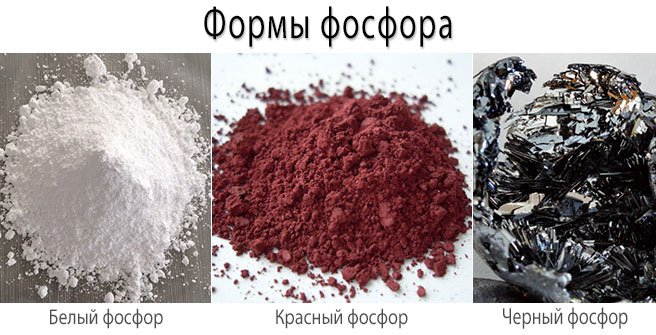
White phosphorus is a chemically active substance that is white with a slight yellowish or greenish tint, similar to paraffin, and is easily deformed with little physical effort. Poorly soluble in water, upon contact with oxygen and light it begins to glow pale green. A slight exposure to temperature can lead to spontaneous combustion of the substance. Very poisonous - ingestion of just 0.05-0.15 g of the substance can be fatal. Upon contact with skin, it is also capable of self-ignition, after which it leaves severe burns.
Red phosphorus is a more heat-resistant form of the element, which is obtained from its white form. Painted in red, purple colors with a metallic sheen. It does not dissolve in water, does not glow in the dark, and can spontaneously ignite upon impact or friction. The toxicity is thousands of times less compared to white. It is used in the manufacture of matchboxes - it is part of the rubbing surface.










